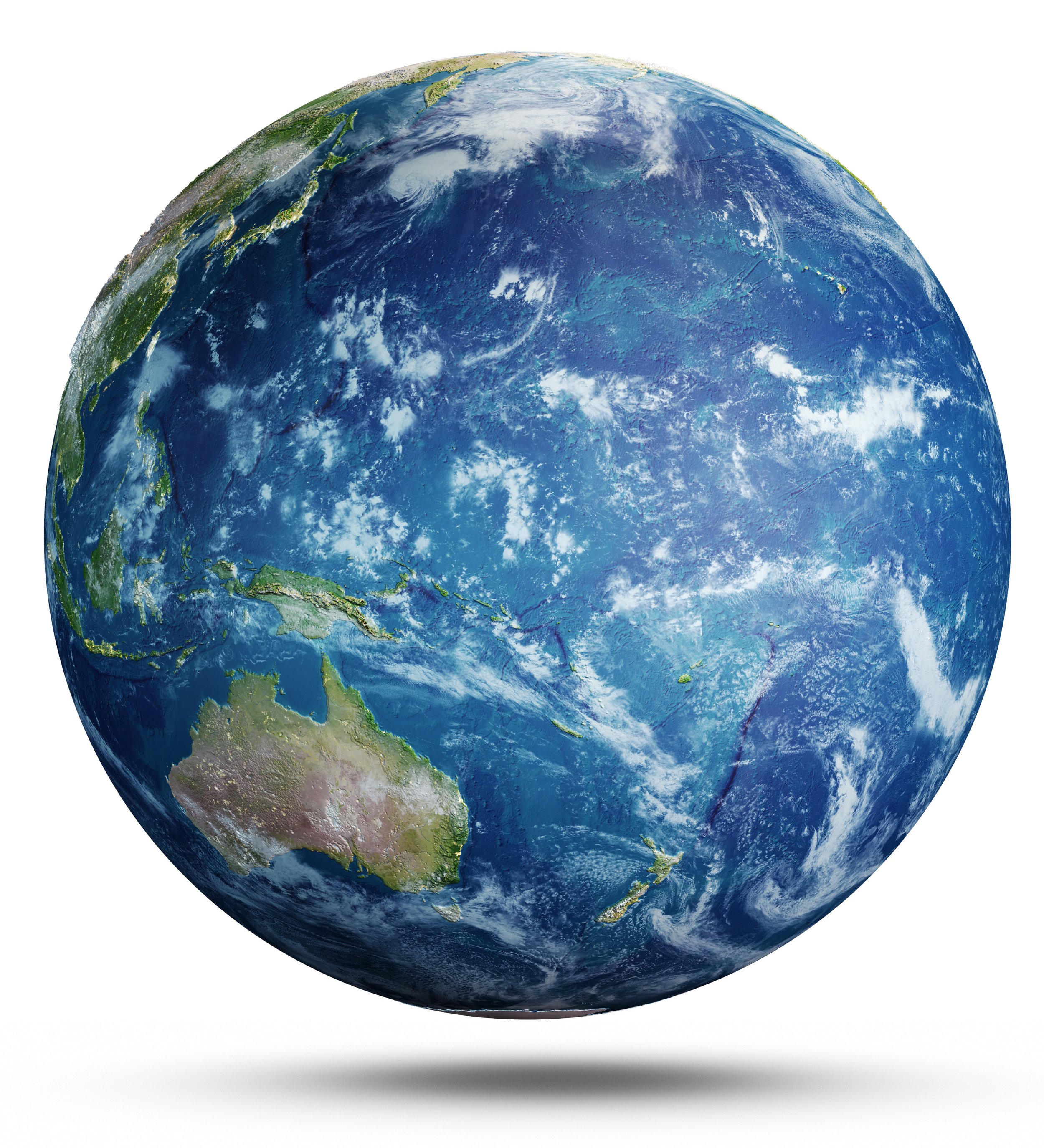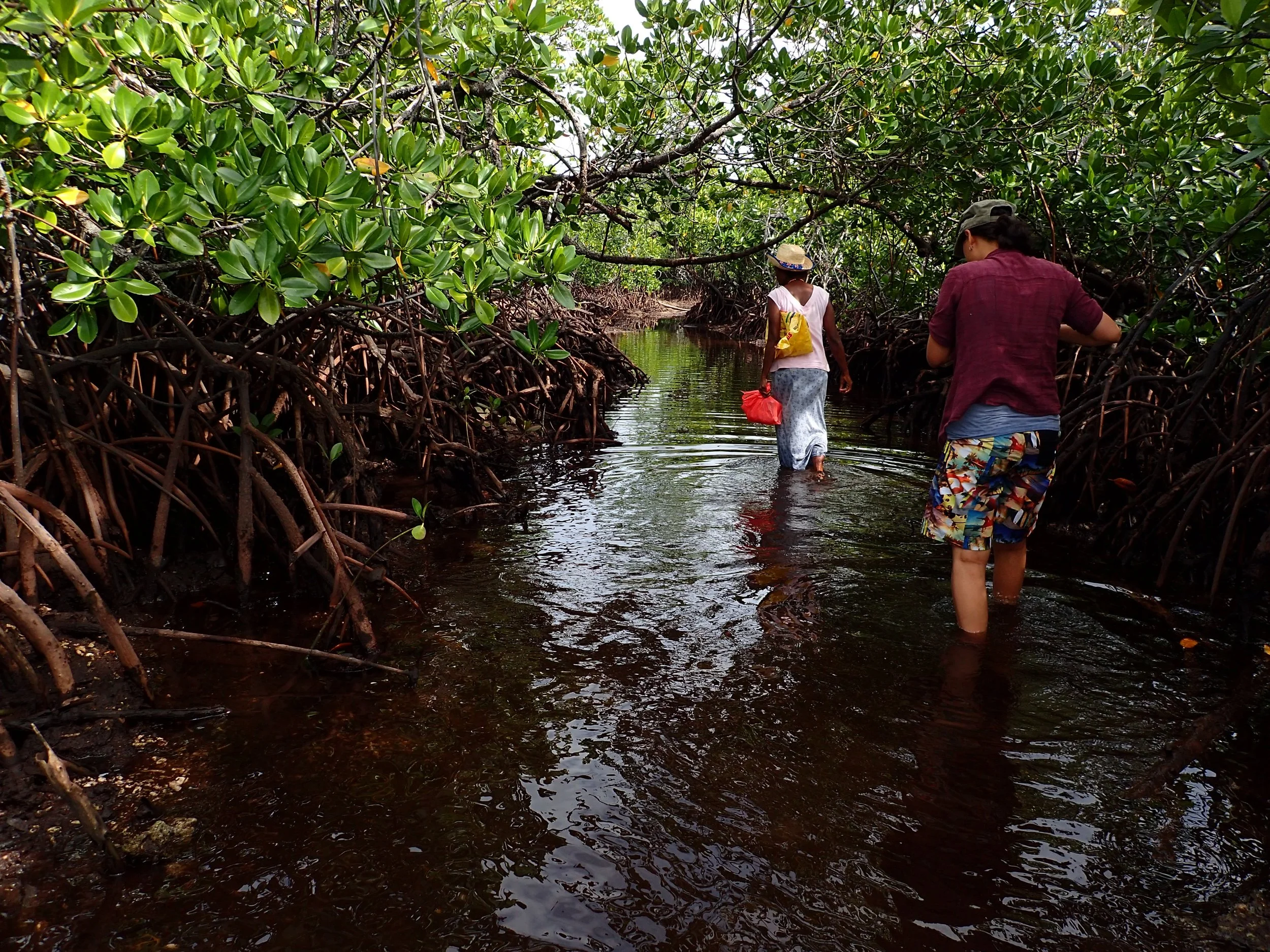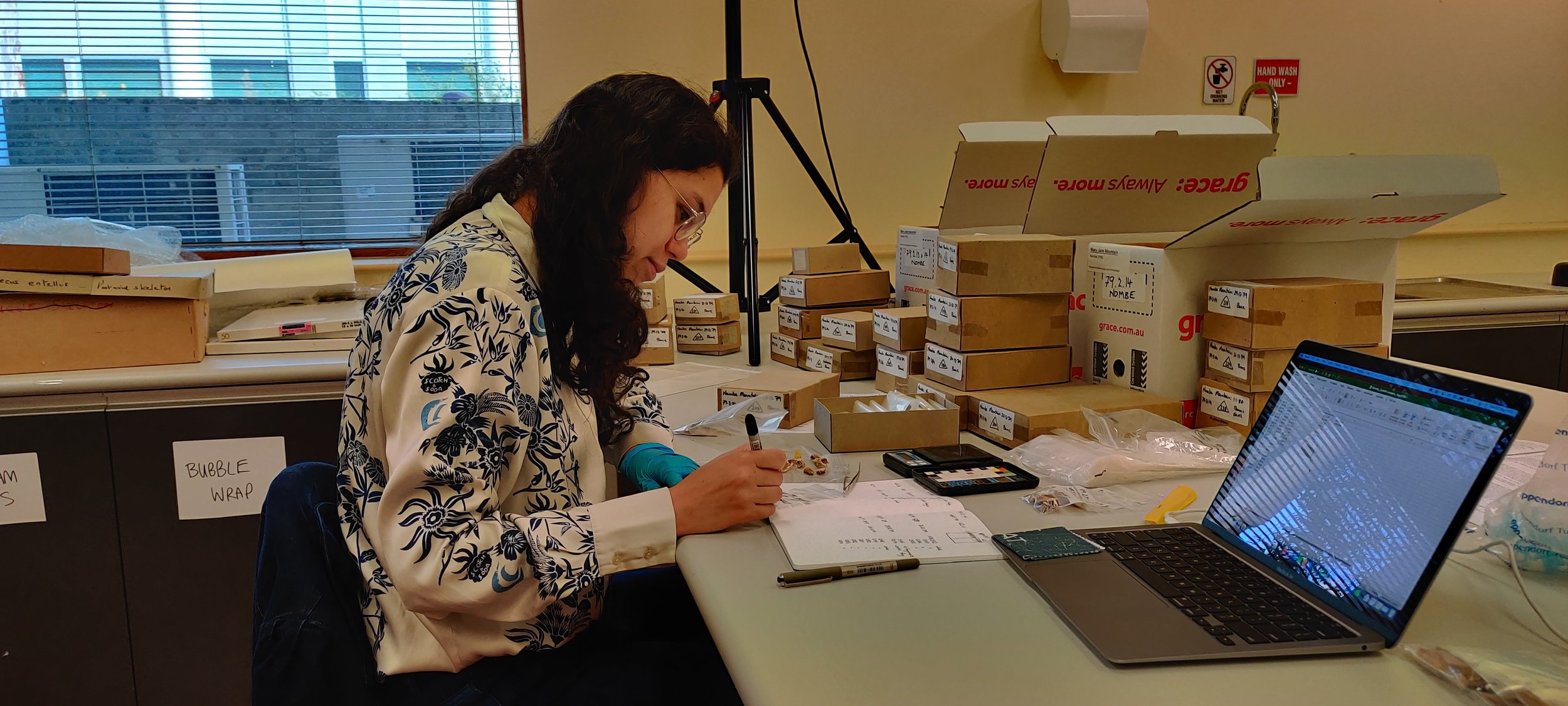About Me
I am an archaeological scientist with a speciality in zooarchaeology and biomolecular methods undertaking research focused on prehistory, human evolutionary anthropology, and changing subsistence behaviors. My interests lie in tropical, coastal, and island archaeology with a particular focus on Australia, the Pacific Islands, and Island South East Asia (ISEA). This region is a fascinating part of the world with many questions regarding early human dispersals as well as more recent migrations of modern humans and animal translocations.
My research interests center on questions fundamental to understanding human origins and behaviours, specifically in regards to exploring the variety of ancient human subsistence practices and changing human-environmental interactions occurring in prehistory. A thorough understanding of multiple scales of analysis is central to my research, as I routinely employ state-of-the-art techniques and methods in zooarchaeology, as well as in molecular methods (through ZooMS, radiocarbon dating, and stable isotopes), and geoarchaeology (through the use of SEM, XRD, and micromorphology). I also contribute to the on-going discourse in the role that subsistence behaviors and changing environments have had in the process of human evolution and hunter-gatherer societies.
Why the Pacific?
Taking up 1/3rd of the world’s surface, the Pacific is vast and covers a plethora of islands each with unique people, cultures, and history. Due to climate change and rising sea levels there is a real urgency to undertake work in this region with coastal sites being lost with encroaching coastlines, extreme weather events, natural disasters, along with growing populations and development.
The Pacific islands are at the center of many of the unanswered questions of human evolution and dispersal, domestication, and holocene archaeology. The region is central in understanding human dispersals in Australasia and beyond into Polynesia. It is a fascinating region for anthropological studies with a rich diversity of cultures and languages, where life stretches from the reef and coastlines into the interior rainforests and mountainscapes.
Some of my key questions include:
How did different hominin groups adapt to new island environments?
Ancient hominin dispersals, Modern human occupation, Austronesians, Lapita Culture
How did climate change impact how people were subsiding in this region?
Last Glacial Maximum (transition from Late Pleistocene to early Holocene)
What role did human-animal relationships have in varying hunter-gatherer and complex societies?
Commensal animals, ritual, trade and exchange














